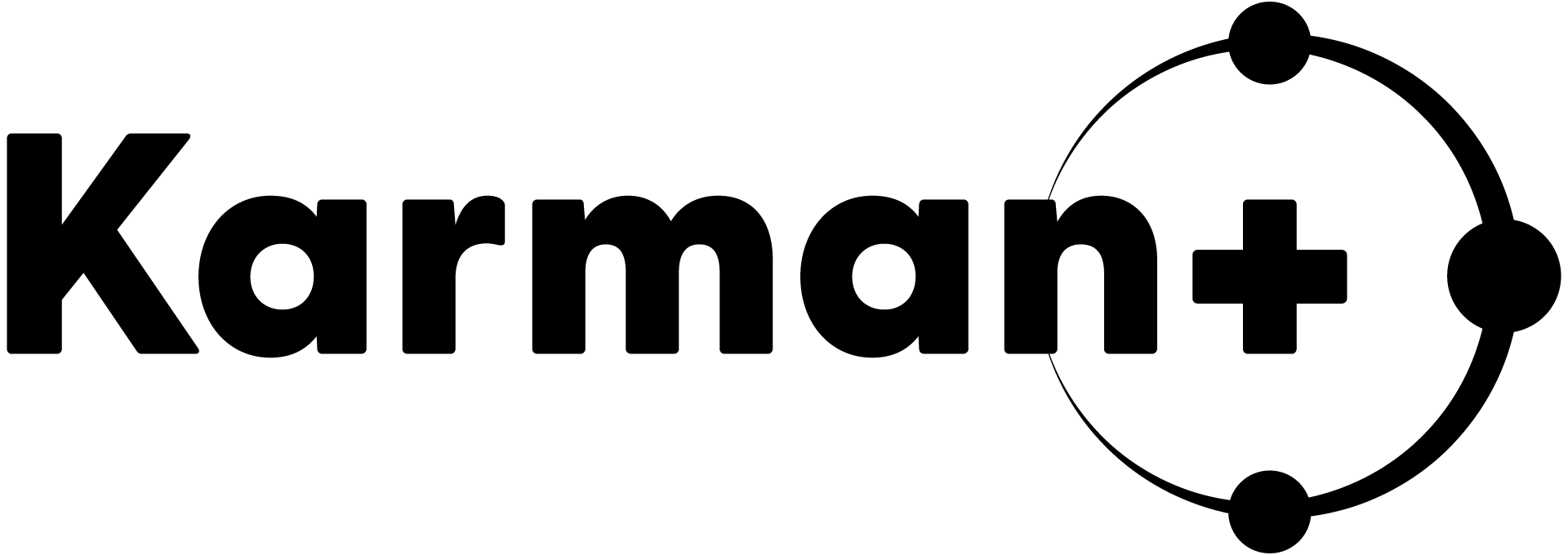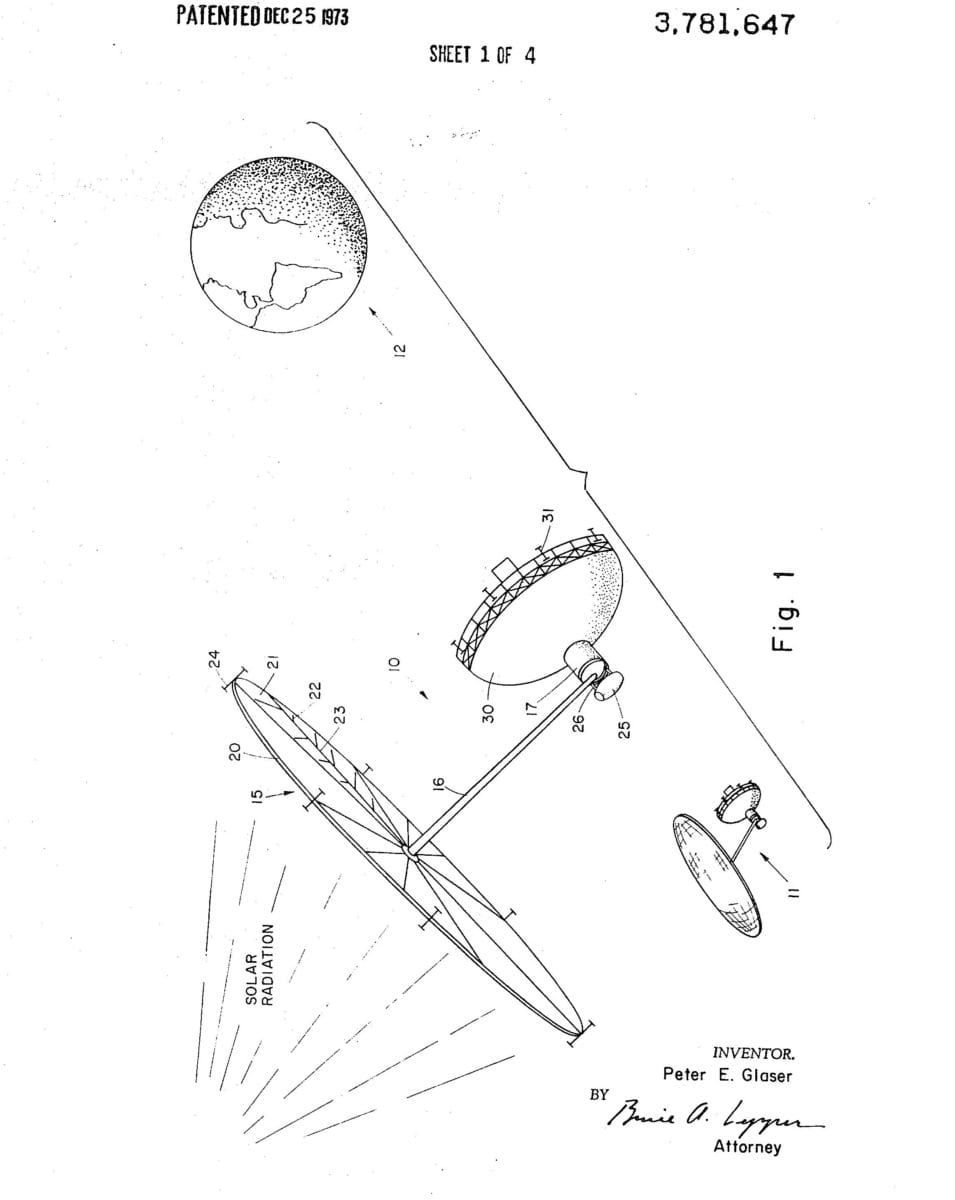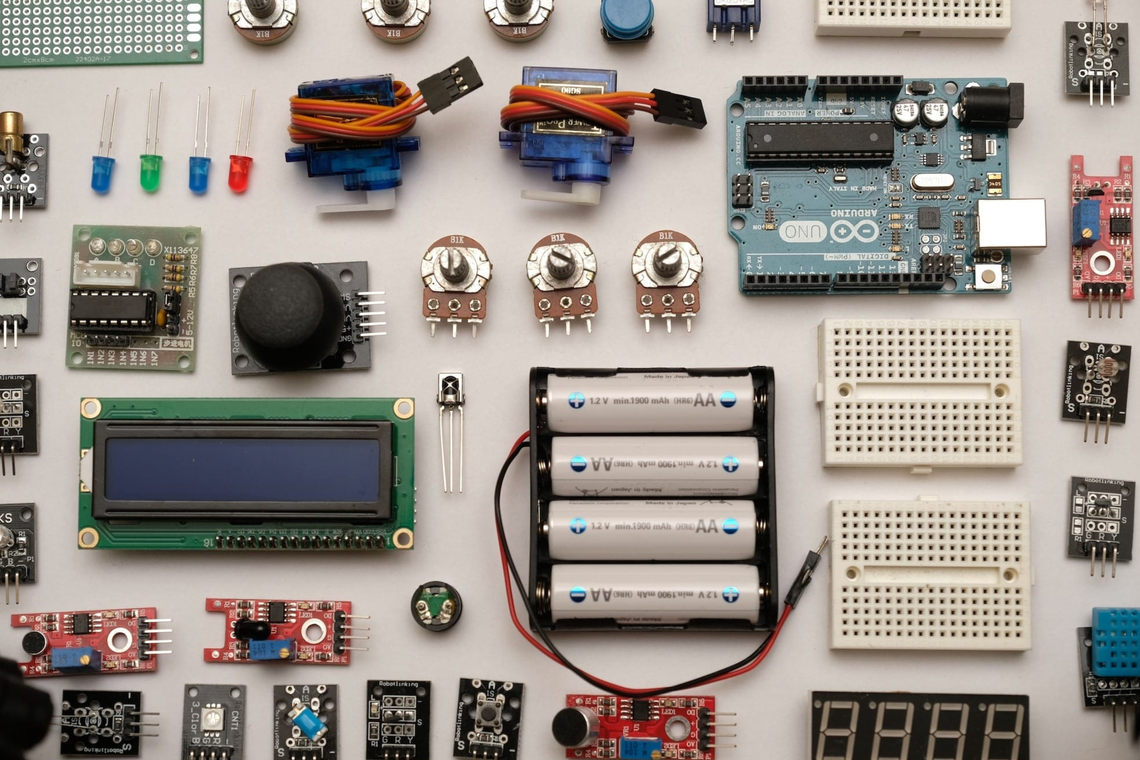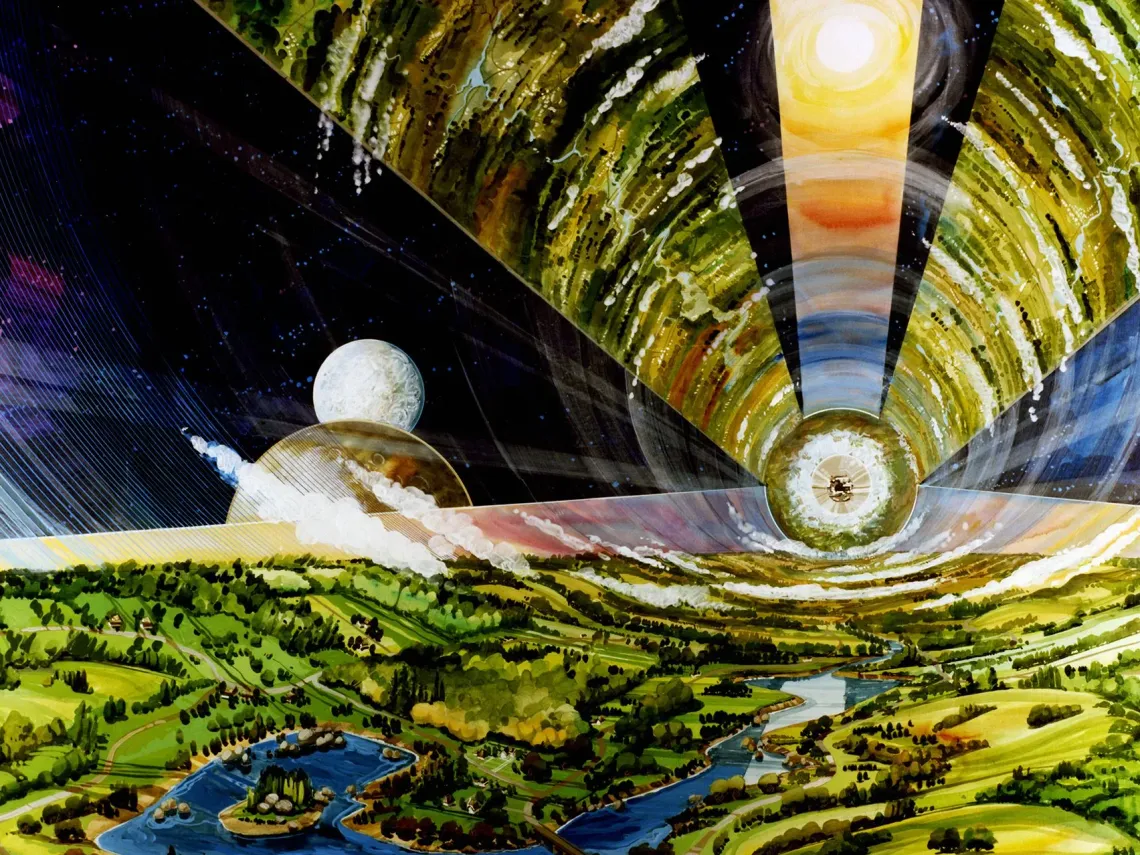Technical Dispatches, as related by the minds behind Karman+, are intended to bring readers behind the scenes and into the research. In this edition, Dr. Lauri Siltala, a Finnish astronomer and asteroid characterization specialist at Karman+, unveils a critical part of Karman+’s mission target selection process: Compono, or the leaderboard.
Among the most fundamental and important questions for High Frontier, the first mission of Karman+, is the choice of the near-Earth asteroid (NEA) our mission will target. While the question remains open for now, what we do have is a short list of tens of targets out of a total of 33 thousand or so known NEAs cataloged on the Minor Planet Center at the time of writing this dispatch. Very recently, we have been working towards a convenient web interface for easy analysis of our shortlist, the main page of which looks like this:
There’s a lot going on there, but hear me out, it’s all fairly intuitive. The star of the front page is an interactive plot that allows you to filter out the asteroids based on any parameters you wish through the sidebar to the right and then plot the remaining asteroids with axes of your choosing - making it easy to find, for example, the delta-V values required to reach the largest asteroids on our target list. And you can click on individual asteroids to take you to a page that will tell you more about them - or look them up with the search on the top left if you know what you are looking for.But where does all this come from, you ask?
Very early into the company’s existence, we began developing Compono, a data ingestion and inference engine to capture, organize, and analyze any data available on asteroids. One key process of Compono produces what we call the leaderboard. This leaderboard process first retrieves all of the NEAs known at present, applies basic filtering based on the orbits of the NEAs to rule out those not easily reachable by spacecraft, and then conducts further analysis of the remaining asteroids. Logically, any potential target asteroid must be within reach of our spacecraft with a mission schedule that is in line with our desired profile for High Frontier. So, for each of the remaining asteroids still numbering in the thousands, Compono computes possible spacecraft trajectories and filters out the asteroids beyond High Frontier’s reach.
There is yet one more step of initial filtering; early on, we found that most of the reachable NEAs are tiny, with diameters measured from meters to tens of meters. This makes sense; as described in a previous dispatch, smaller asteroids are vastly more numerous than larger asteroids. Furthermore, easily accessible small asteroids tend to have close approaches with Earth during which they are discoverable, thus somewhat negating the observational biases towards large asteroids seen in the complete population.So, why not go to one of these? There are several arguments: first, these tiny asteroids are not well known as asteroids of this size class have never been visited before. Thus, we do not know for sure what to expect on such an asteroid - for a scientific mission this would in fact be positive, but for High Frontier it complicates planning and increases risk, thus making it a negative. Second, smaller asteroids are dimmer, which makes navigation more difficult; the asteroid will only become visible on our navigation cameras at a close distance. Third, a much smaller surface area means fewer options for selecting a viable landing site. And fourth, small asteroids are generally much faster rotators as seen on the Asteroid Lightcurve Database (LCDB) with rotation periods measured in seconds not unheard of. This makes them impractical targets for landing.All this considered, it is clear that the smallest asteroids do not make for good targets. Thus, we filter those out, using absolute magnitude as a proxy for size - the two are indeed related as shown already in our first Technical Dispatch.
After all this filtering, we end up with a list of some tens of NEAs that meet our mission profile for High Frontier. But we still want to know more, such as answers to the following: which of the asteroids are carbonaceous and which are not? How fast do they rotate? How large are they exactly? How do we find all this out? Many large-scale astronomical surveys and smaller studies observe NEAs and provide the information we seek. For much of this knowledge, however, a single centralized repository does not exist; instead, it is spread out across a large number of papers in scientific journals. The JPL Small-Body Database (SBDB) aggregates this information from a number of different studies - for us, much more practical than delving through potentially thousands of scientific papers. Our initial versions of the leaderboard thus queried the SBDB for all available information on the asteroids; however, I quickly noticed that the available information was very limited and opted to create our own database compiling together asteroid data from papers I could find. Initial results were promising, but then, in late 2022 the planetary scientist Benoit Carry serendipitously approached me at the Europlanet Science Congress (EPSC) about the new SsODNet service (Berthier et al. 2023) which the authors were about to launch at that point. As it turned out, they were working on the exact same thing as I - a database aggregating observations on asteroids from existing papers, for an impressive total of approximately four thousand papers, far exceeding my efforts. So we took the only practical choice; switched to SsODNet as our main data source for these leaderboard asteroids, using the excellent space-rocks client program written by Max Mahlke which, in my personal opinion, every asteroid scientist should know about. When testing it out, I soon observed that the results of almost every study I had previously included in our database was already included on SsODNet; those few that were not, I reported to the SsODNet authors to be included for everyone’s benefit, which they were. However, it is not, and will not be, a complete database for asteroid data; an understandable decision on their part is to only include data from peer-reviewed publications, which is particularly apparent when it comes to asteroid lightcurve data. Hence, we use Lowell Observatory’s astorb database, which shares similar aims with SsODNet, (Moskovitz et al. 2022) as a secondary source.
Hence, the leaderboard now aggregates data from both these sources, and we are confident that between these two, we have a rather complete picture of what is publicly known about our target asteroids.
On our leaderboard’s web interface, the gathered physical attributes are displayed like so for an example asteroid, 2008 EV5:

It’s all quite straightforward. We can see that EV5 is a carbonaceous C type with a known rotation period of 3.7 hours and a diameter of some 375 meters. Useful information in a form that is easy to look up. And we see that almost all of it comes through SsODNet - citations to the individual studies the values are actually from are not currently explicitly included, but these are trivial for me to look up when citations are needed or I wish to read the paper itself. You might also note the mysterious G12 value, and it coming from a different source - Phazon. What is that? The asteroid’s phase function, for which I gladly point you to my previous Technical Dispatch which was entirely focused on this subject. Naturally, we also include our own models in the leaderboard!
Still, that cannot be called an entirely complete picture; publication of various observations can at times take a while, and it stands to reason that it is possible for observers to have data on some of our leaderboard asteroids that simply have not been published yet. By nature, this sort of data can be very difficult to find, and it comes down to asking prolific surveys; in my experience, the planetary science community is quite collaborative in this sense and happy to help where they can. Hence, we have a small amount of data noted down that is not yet available through either SsODNet or astorb. Planetary radar observations are also an exception in the sense that the Goldstone radar’s observation schedule is publicly available; it is easy to see which asteroids are planned to be observed by them and when and, just as importantly, which have already been observed, whether the results have been published or not. Arecibo is similar in that, while the radar was unfortunately destroyed and consequently no longer conducts observations, but the list of asteroids that have been observed is public. Thus, the leaderboard checks these lists and automatically tells us whether radar observations exist for each of our asteroids.
In conclusion, after all this work we find ourselves with a tool that we at Karman+ can use to determine which asteroids are feasible targets for our space missions, when and how we can get to the asteroids in question, and how much, if anything, we know about them, making the leaderboard a critical tool for target selection.When narrowing the target down further, a manual investigation will always be needed both to verify and validate the information the leaderboard gives us, and to perform a more thorough analysis of the asteroid and its mission profile. Using the leaderboard as a basis, this, too, becomes much simpler.
References: J. Berthier, B. Carry, M. Mahlke and J. Normandi. (2023). SsODNet: The Solar system Open Database Network. Astronomy & Astrophysics, Volume 671, A151.N. A. Moskovitz, L. Wasserman, B. Burt, R. Schottland, E. Bowell, M. Baile and M. Granvik. (2022). The astorb database at Lowell Observatory. Astronomy and Computing, Volume 41, 100661.




